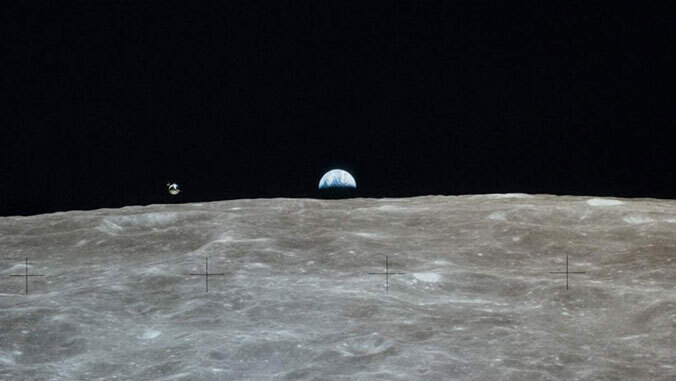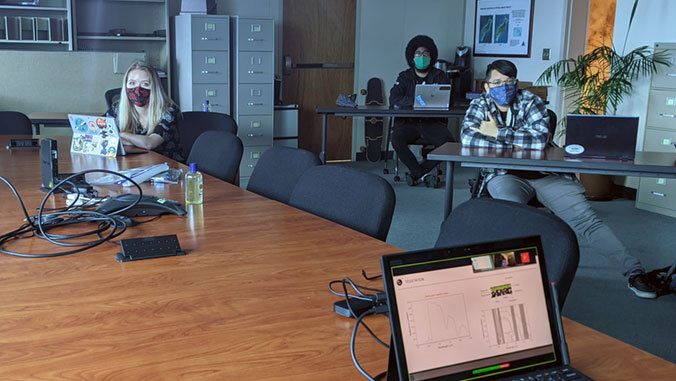
Design and construction of launch vehicles, spacecrafts, space stations, rovers, landers and planning mission operations, are potential careers offered in Earth and space exploration fields. To equip undergraduate students in the basic principles of space research and exploration, faculty at the University of Hawaiʻi at Mānoa developed a new certificate in earth and planetary exploration technology (EPET).
Inspiration for the new certificate came from faculty at Hawaiʻi Institute of Geophysics and Planetology (HIGP) and the Hawaiʻi Space Flight Laboratory teaching in other undergraduate departments at UH Mānoa. Faculty realized that HIGP’s strengths in areas of Earth and space exploration were not reflected in UH Mānoa’s undergraduate education and wanted to contribute using its area of expertise, which is important in developing a modern workforce.
The EPET certificate is 15 credits with a four course sequence to be completed over four semesters. The first cohort enrolled in the EPET certificate started in spring 2020 with eight undergraduate students. A new course sequence will begin in spring 2021, with EPET 201 cross-listed as ME 201.
While the program targets students majoring in the physical sciences (such as chemistry, Earth sciences and physics) and engineering disciplines, students enrolled in other areas such as business and social sciences can also obtain an understanding of the basic principles underlying space research and exploration endeavors.
“The EPET sequence of courses is designed to provide science and engineering students an option to enhance their opportunity to engage in the growing space research and space exploration industry through a focused and coherent body of courses,” said Peter Englert, a professor in HIGP. “It enables students to obtain a formal qualification in the science and technology that underpins the robotic and human exploration of our solar system, a stepping stone to enter the Earth and space exploration workforce.”
The course design for the EPET certificate is innovative in that it is project based. It has one regular lecture course delivered face-to-face or online, and three lecture laboratory courses with a strong design orientation. In all of the courses, project based and research based learning is an important component.
“I’ve taken many classes whose topics have overlapped with this certificate, but EPET gives a sense of real-world experience,” said Lynzee Hoegger, a student currently enrolled in the EPET certificate. “You don’t just learn about different planets and different missions; you learn the process of proposing and designing long-term research missions yourself.”
“If you want to understand what it takes to study planets, moons and asteroids, be mentored by those who have done it,” said Andrew Bailey, a student currently enrolled in the EPET certificate. “An EPET certificate sets you apart, proof that university life was not just about attaining a degree, but to learn to become an explorer of worlds.”
For more information on the EPET certificate, email P. Englert at englert@hawaii.edu or go to HIGP’s website.


